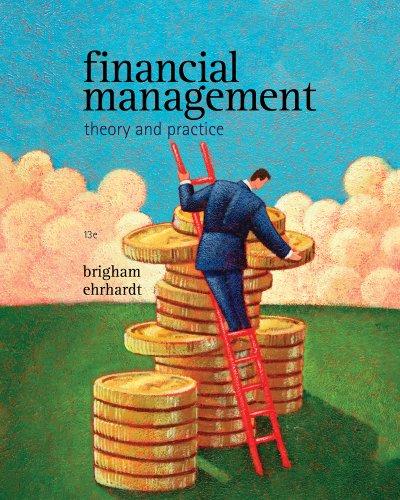(215) Merger Analysis Marston Marble Corporation is considering a merger with the Conroy Concrete Company. Conroy is...
Question:
(21–5)
Merger Analysis Marston Marble Corporation is considering a merger with the Conroy Concrete Company. Conroy is a publicly traded company, and its beta is 1.30. Conroy has been barely profitable, so it has paid an average of only 20% in taxes during the last 864 Part 9: Special Topics several years. In addition, it uses little debt; its target ratio is just 25%, with the cost of debt 9%.
If the acquisition were made, Marston would operate Conroy as a separate, wholly owned subsidiary. Marston would pay taxes on a consolidated basis, and the tax rate would therefore increase to 35%. Marston also would increase the debt capitalization in the Conroy subsidiary to wd = 40%, for a total of $22.27 million in debt by the end of Year 4, and pay 9.5% on the debt. Marston’s acquisition department estimates that Conroy, if acquired, would generate the following free cash flows and interest expenses (in millions of dollars) in Years 1–5:
Year Free Cash Flows Interest Expense 1 $1.30 $1.2 2 1.50 1.7 3 1.75 2.8 4 2.00 2.1 5 2.12 ?
In Year 5, Conroy’s interest expense would be based on its beginning-of-year (that is, the end-of-Year-4) debt, and in subsequent years both interest expense and free cash flows are projected to grow at a rate of 6%.
These cash flows include all acquisition effects. Marston’s cost of equity is 10.5%, its beta is 1.0, and its cost of debt is 9.5%. The risk-free rate is 6%, and the market risk premium is 4.5%.
Step by Step Answer:

Financial Management Theory And Practice
ISBN: 9781439078105
13th Edition
Authors: Eugene F. Brigham, Michael C. Ehrhardt






